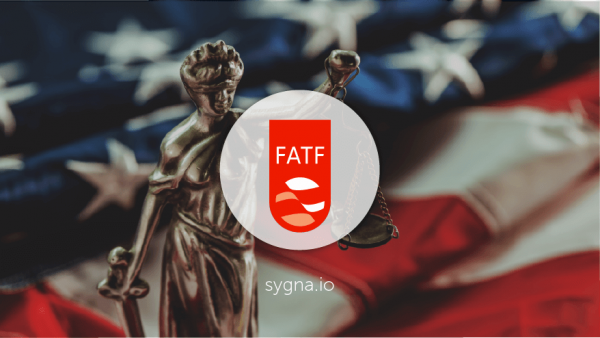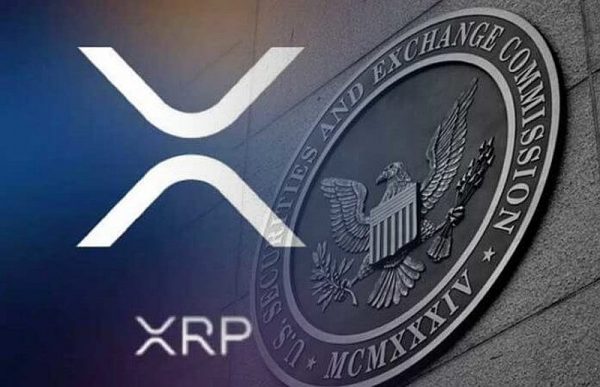Stablecoins are about to face serious regulations throughout 2022 – will they have a negative impact or speed up crypto adoption?
For most cryptocurrency enthusiasts, the word “regulation” brings on something akin to existential dread. Given that crypto tends to attract people of a more libertarian persuasion, this is entirely understandable.
However, not all regulation is bad, and many cryptocurrency veterans admit that oversight is inevitable and in many cases much needed in order to get mainstream adoption and support from institutions. The real question is what form will it take.
It now seems that 2022 may be the year the first big pieces of legislation will be passed. What’s more, they may concern one of the most important pillars of the crypto ecosystem: stablecoins.
Why are governments concerned about stablecoins?
Stablecoins are particularly concerning for governments, as the most popular ones (e.g. USDT, USDC, BUSD) are typically pegged against a national currency, such as USD or EUR. This enables users to easily convert their money into and out of cryptocurrency without needing to worry about sudden price fluctuations.
The market cap for the stablecoin industry is currently around $172 billion. Last year, the sector saw over fivefold growth.
Stablecoins typically operate under the principle that they are backed 1:1 by real currency. When you buy 100 Tether you are locking $100 into Tether under the assumption that you will then be able to redeem that $100 in the future.
This equivalence means that stablecoins like Tether (USDT) and USDC have become the primary on- and off-ramps for many in the crypto world and that they are a key driver of liquidity and volume in the crypto space.
However, this raises a big question – and one that keeps financial regulators awake at night- what happens if there is a rush on stablecoins?
Stablecoins rely on cash reserves
Imagine for a moment that a serious vulnerability was found in Bitcoin. This flaw could lead to a sudden rush of capital exiting the crypto space as Bitcoin trended near to zero. We could see millions of dollars flowing out of the ecosystem, probably via stablecoins.
If stablecoins did not have enough cash in reserve (which is entirely possible), this could lead to a currency crisis as they would absorb assets to desperately cover their position. Companies like Tether could even be forced to liquidate their assets at a discount to get enough money together.
In short, it could lead to what is still a relatively minor part of the global economy (cryptocurrency) causing a wider financial crisis.
Even setting aside this nightmare scenario, governments also don’t like the fact that stablecoins are soaking up money and injecting it into an ecosystem that constantly evolves and over which they have very little control.
Thus, stablecoins are the primary point of legislation for most governments. In the West, we are already beginning to see how these regulations might pan out.
The EU appears to be taking a laser-focused approach
On 24 November 2021, the European Council published a 405-page proposal related to regulating “Markets in Crypto Assets” (MiCA). This proposal is interesting because it is very much focused on the challenges posed by stablecoins. It also appears to have left alone much else in the cryptocurrency ecosystem for now.
The key line in the proposal is that only “credit institutions and e-money institutions” will be able to obtain a license to issue stablecoins. This means that stablecoin issuers will need to follow EU law, obtain a banking license in an EU member state, and be far more transparent than they have been so far.
The overall aim of MiCA appears to be to insulate the global financial system from cryptocurrency by ensuring that the on-off ramps are following strict rules. The regulators believe this will allow the crypto industry to continue to innovate without running the risk of a crash spilling over into the global financial system.
The US approach remains unclear
The United States has yet to propose a coherent set of legislation regarding cryptocurrency. The closest that we’ve seen so far is the Treasury Department report on stablecoins that was released on 1 November 2021. As with Europe, the report highlights that stablecoins are a key target for legislation. It appears that the government is considering regulating them similarly to banks, but it is not exactly clear how they will make that happen.
Congress is deeply divided on the issue of cryptocurrency, with many members viewing it as a threat to the US dollar. Any attempt to push legislation through Congress could get deadlocked given the legislative body’s tendency towards stalemates on major issues in recent years.
However, even if Congress doesn’t act, it appears that some regulation is on the way. Nellie Liang, the under secretary of the treasury for domestic finance, has warned that the Treasury Department believes investors are taking on big risks when they use stablecoins.
Additionally, the more detailed report on stablecoins states the following: “If Congress does not enact legislation, the regulators will try to use what authority they have.”
Meanwhile, Bank of America has stated that institutions are limiting their exposure to the asset class pending the arrival of a proper legal framework. The bank expects that when it does arrive, the rules will be to the benefit of traditional payments companies, such as Visa, Mastercard, and Western Union.
In short, we don’t yet know what regulations the US government will pass, but there will almost certainly be some new rules coming into force governing stablecoins. It is also likely that the US will attempt to treat them as financial institutions or banks, possibly limiting their issuance to FDIC-insured entities.
FATF warns on stablecoin impact
Influential global regulator the Financial Action Task Force (FATF) updated its guidance on virtual assets and VASPs in 2021, making it clear that stablecoins and their issuers can expect more headwinds in the future and should be closely monitored. The FATF issues AML/CFT guidance to over 200 affiliated jurisdictions which need to be adhered to in local legislations.
The emphasis on stablecoins is due to the greater risk of money laundering and terrorist financing that this virtual asset brings due to its mass adoption, an important factor to consider.
To prevent stablecoins from becoming a high risk for ML/FT activity, the FATF put the onus VASPs to identify, manage, and mitigate risks for stablecoins before they launch, and continue to be managed afterward in the event they are widely adopted. Expect this to be better defined later in 2022.
Stablecoin regulations will onramp new users
Stablecoin regulations have spooked cryptocurrency investors, but they are a necessary step to ensuring that the market operates as part of our global financial system as opposed to separate from it.
Without robust, sensible legislation, we will never see wide adoption of cryptocurrency — and more investors will inevitably be left in the lurch. It’s reasonable to expect that anyone issuing billions of dollars in crypto assets with the claim they are entirely backed by fiat would face a high compliance burden.
How stablecoins will be allowed to function and compete after countries start rolling out their own central bank digital currencies (CBDCs) might be a whole different story for another time.


